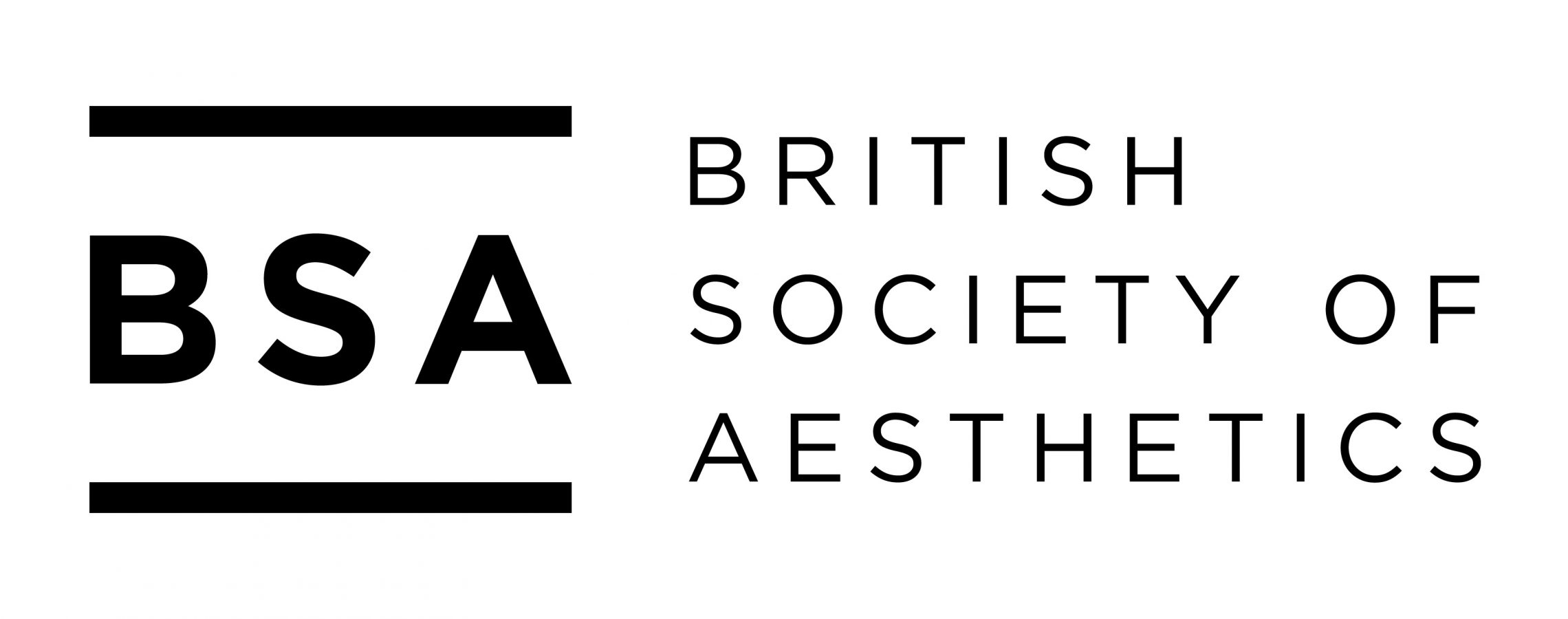ESPES, the Slovak Journal of Aesthetics, invites submissions for an edition on Olfactory Aesthetics, guest edited by Madalina Diaconu (University of Vienna).
Smells were for a long time banned from modern aesthetics because of their allegedly superficial (un)pleasantness (Kant) and volatility (Hegel). In the 19th century, a “fine nose” was assigned to “primitives”, women, and degenerated individuals. The apology of civilisation was inseparable from the belief that the smell had largely lost its functions in the animal kingdom: to warn of dangers, to distinguish between peers and strangers, to facilitate spatial orientation, to control the food quality, and help find the right mate. The possibility of olfactory art was seldom addressed and commonly mistrusted due to the supposed lack of meaning of smells, their rudimentary structure and terminology, and the purely subjective criteria of appreciation (Osborne 1977).
The social, scientific, and artistic developments of the past few decades have compelled the philosophical aesthetics to overcome its unease with odours and tentatively outline an olfactory aesthetics (Shiner 2020, Diaconu 2005). The ongoing establishment of the Smell Studies (Di Stefano & Russo 2022) can be led back to the growing interest in the living and performative body on the background of a post-hermeneutic philosophy and a more general emotional turn in humanities. The emergence of the olfactory art as a distinct phenomenon corresponds to the shift of emphasis in art from structures, forms, and meanings to events, performances, and materials. In perfumery, some “noses” theoretically legitimise the artistic dimension of scents (Roudnitska 1977, Blayn et al. 1988), while others experiment on the border between pleasure and disgust. The aesthetic theory itself was successively extended to aesthetics (theory of perception), to natural and urban environments, multi-sensory design, everyday life, and social phenomena, and confronted with the imperative of overcoming the Euro-American “provincialism” under the sign of a cross-cultural and trans-cultural aesthetics. Once the aesthetic purism has lost its credibility and multiple crises urge to reconfigure the landscape of values, artists and designers increasingly discover the complexity, potential and existential depth of the olfactory experience (Hegel & Wagner 2016, Henshaw et al. 2018, Hsu 2020, Lynn & Riley Parr 2021).
ESPES invites scholars to explore the many layers of smells and their experience. Possible topics include, but are not limited to the following:
- Smell and identity: the mnemonic power of odours; the olfactory “signature” of the body and its intentional overwriting; emplacement through smellscapes (“it smells like home”); smells and identity-building rituals; performing the olfactory self; the smells of collective selves
- Smell, power, and (environmental) justice: oppressive and transgressive smells; olfactory strategies of subversion and resistance; shared smells as sources of solidarity
- Smell and socio-racial discrimination: olfactory prejudices and empowerment through smells
- Smells as aesthetic materials: dynamic forms, subtle materiality, vibrant and resonant “bodies”
- Smells in space: olfaction as immersive experience and its implications for space planning; public smellscapes and the aesthetics of commons
- Smell and time: the value of transience and ephemeralness, and the aesthetics of “counter-monuments” (Goeltzenleuchter)
- The olfactory subject as “subject to”: vulnerable, responsive, contingent, and transformative
- The productive discord between olfactory art and perfumery
- Smell and atmosphere: from family resemblance to false friends
- Art after the end of representation: toxic atmospheres and the chemical sublime
- Negative and privative aesthetics: the fascination for oppressive smells and the uncanniness of inodorous environments; smells and ecocriticism
- The display, maintenance, and conservation of olfactory art: challenges for art institutions etc.
Types of Contributions
Research articles are original contributions that initiate a debate, offer a point of view on current trends in aesthetics and the philosophy of art, or introduce a scholarly discussion. Contributions to the Research articles section should not normally exceed 7,500 words (including bibliography). An abstract in English should be added of no more than 150 words.
Interviews offer a portrait of the life and work of leading figures in contemporary Everyday Aesthetic debates. Contributions to the Interviews section should not exceed 3,500 words and the proposal must be formerly discussed with the editors before submission.
Translations include seminal essays in different languages newly translated into English. The translated essays are selected based on their relevance for the development of current discourses in Everyday Aesthetics. Contributions to the Translations section should not normally exceed 7,500 words and must be formerly discussed with the editors.
Stylistic Guidelines
Language of Contribution: English.
The complete formatting instructions are available here. Submissions that do not comply with these instructions will be returned to the author.
All submissions will undergo a double-blind review process.
Timeline
Submission deadline: January 31, 2024
Publication date: June 2024
Submissions can be made at espes.ff.unipo.sk.
If you have any questions, please contact the editors at: espes@ff.unipo.sk
